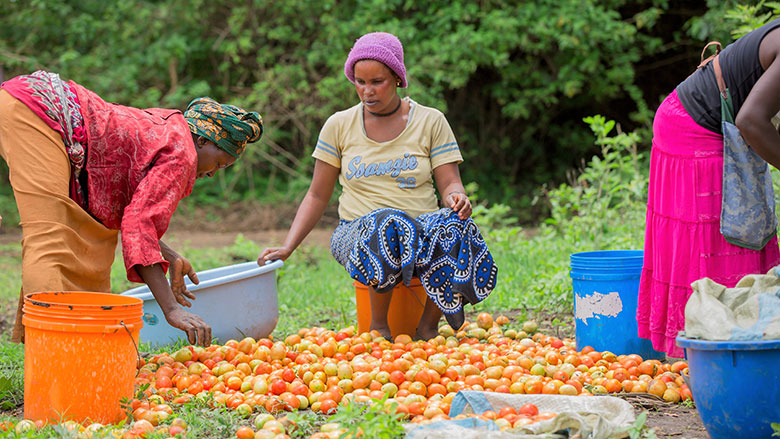eddy25r
JF-Expert Member
- Dec 25, 2016
- 902
- 785
Wewe jamaa hata huelewi nini kinacho endelea. Low iq. Show me where kenya ever surpassed Morocco . Your friend said Morocco just overtook us. Kenya has never been ahead of morroco. Obviously I have to explain that to your low Iq ujamaa brain .so leo wamekua wajinga au ????kwan tanzania ndio walioandika hio



